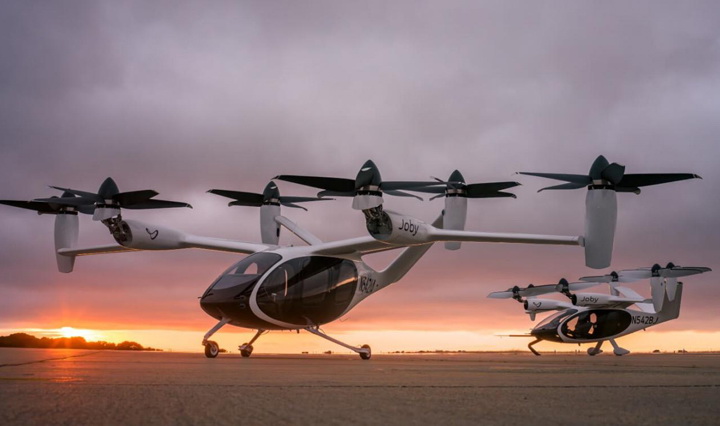You’ve probably seen and admired flying cars in popular movies like Star Wars and Back to the Future. But did you know that a California-based startup is all set to convert reel to real with its proposed flying car model?
Alef Aeronautics recently received the Federal Aviation Administration’s approval for its flying car model. Since it is an EV capable of vertical take-off and landing, this vehicle may be classified as an electric vertical take-off and landing (eVTOL) aircraft. Although Alef’s eVTOL aircraft is not a pioneer of its kind, it will be the first eVTOL aircraft that can be driven smoothly on the road and has vertical landing and take-off features.
Recently, another aeronautics company, Joby Aviation, also received FAA approval to test its VTOL aircraft, units of which may be delivered to the US Air Force in 2024. These developments cause one to wonder whether such aircraft will emerge as the future of global travel. For one, these vehicles have a host of advantages (besides fulfilling the sci-fi fantasy of many!):
Significantly lesser traffic on streets
Today, streets and highways experience incredibly high traffic levels, leading to congestion and higher ETAs. eVTOL aircraft can help reduce road traffic significantly, offering an effective solution to traffic pollution.
Reduced emissions across certain distances
These flying vehicles ensure energy efficiency across relatively longer distances. For example, a fully-charged VTOL had 52% lower carbon emissions than an average ground-based, fuel-powered vehicle upon covering a distance of 100 km.
Quicker commutes
One of the most obvious reasons for such vehicles’ potential popularity is the prospect of reaching destinations in considerably lesser time.
Low infrastructural costs
The use of eVTOL aircraft can reduce the need for infrastructural developments on the ground, including bypasses, expressways, and bridges, bringing down infrastructural costs significantly.
On the flip side, eVTOL aircraft are not without their drawbacks:
Increased energy consumption
It is clear that the masses would begin to use such vehicles for local commutes to save precious time. The energy required for multiple vertical landings and take-offs would mean increased energy consumption.
The need for the manufacture of multiple eVTOLs
Moreover, these cars may have low passenger capacity, requiring the manufacture of several such vehicles.
Increased cost of manufacturing
Finally, the cost of designing these vehicles would be high, at least at the initial stages, and would need to be scaled sufficiently to ensure cost reduction.
A thorough consideration of such pros and cons from a long-term perspective is essential to determine whether it is worth bringing these sci-fi fantasy vehicles to life. Check out BookMyCharters’ blog section for more such aviation insights!


